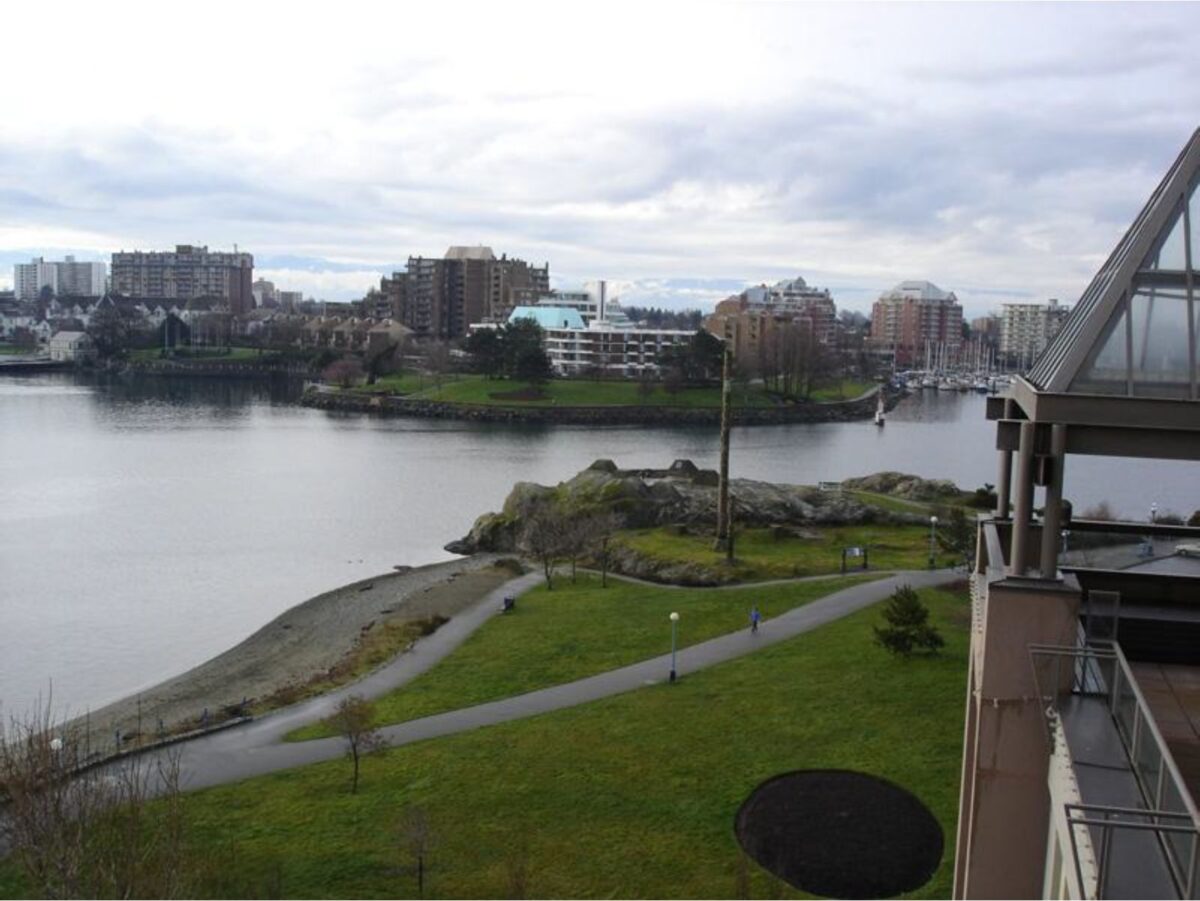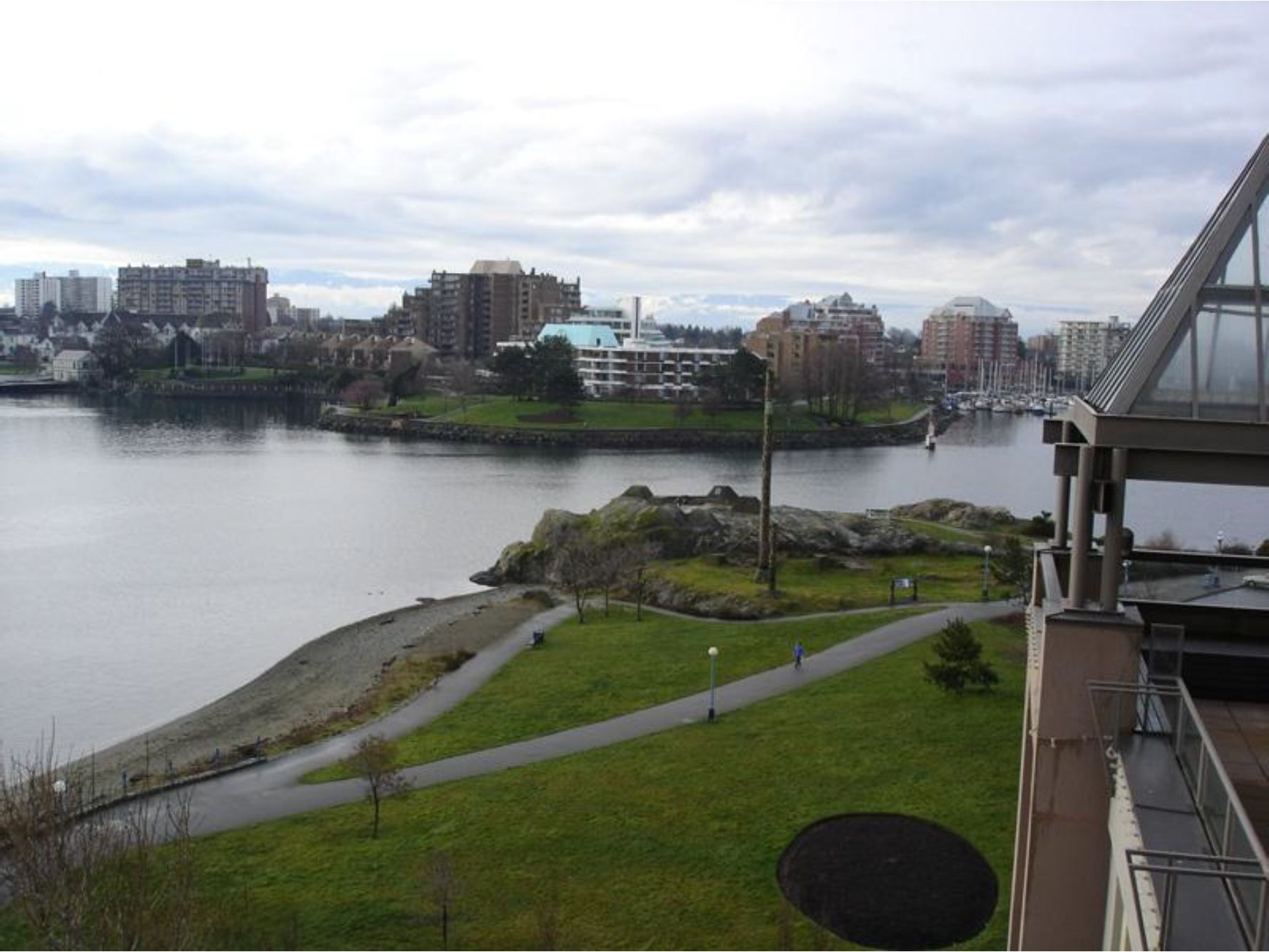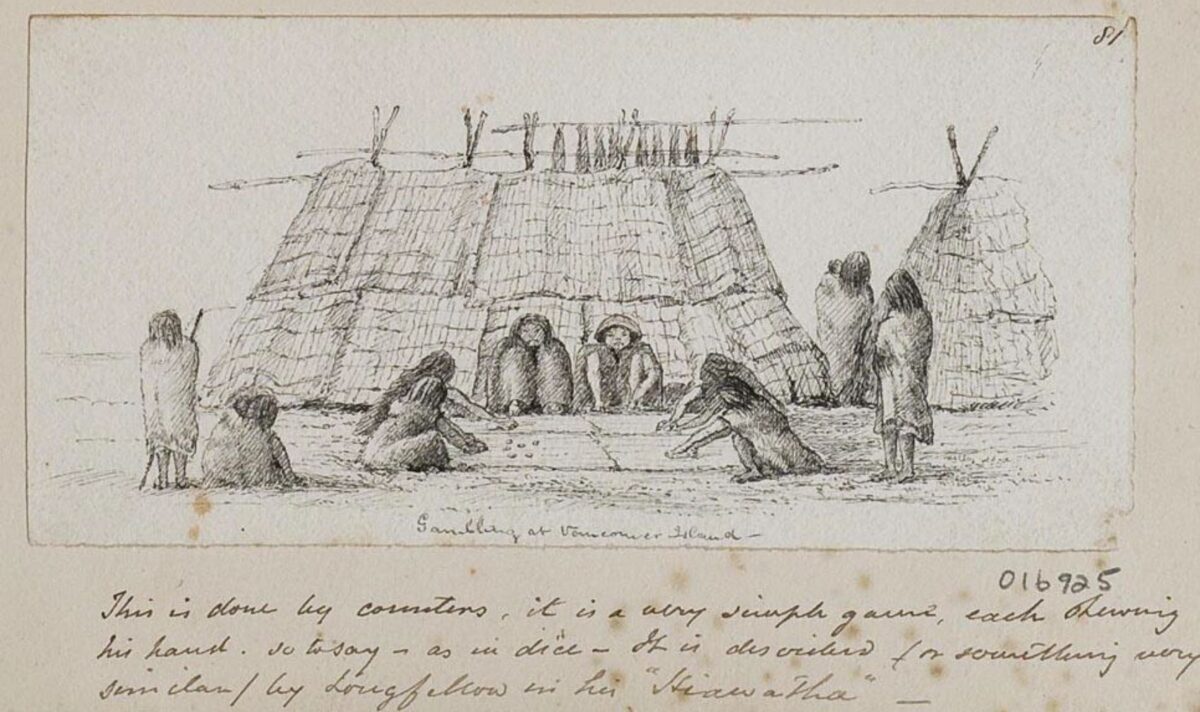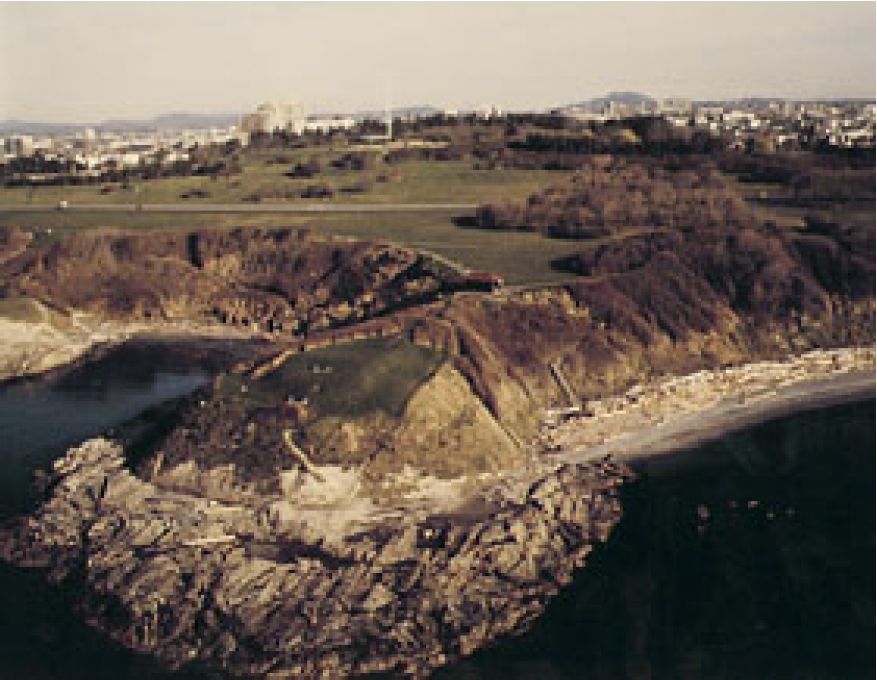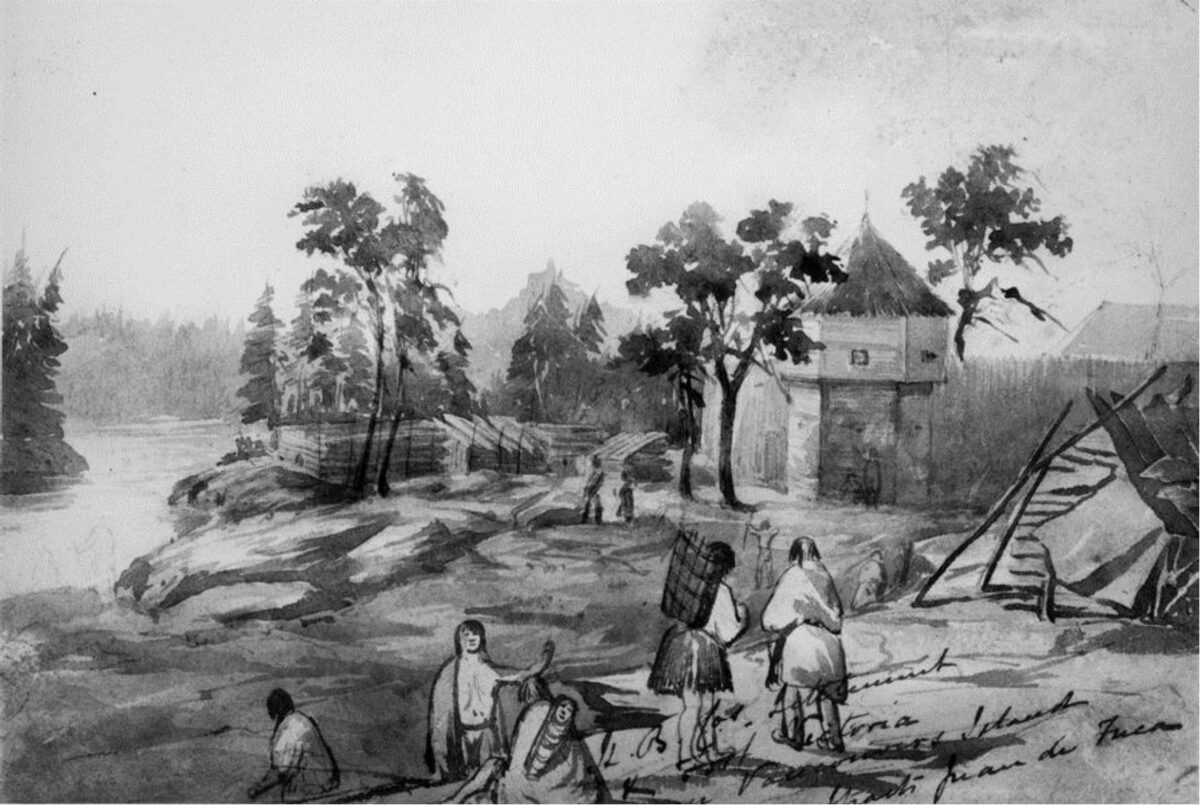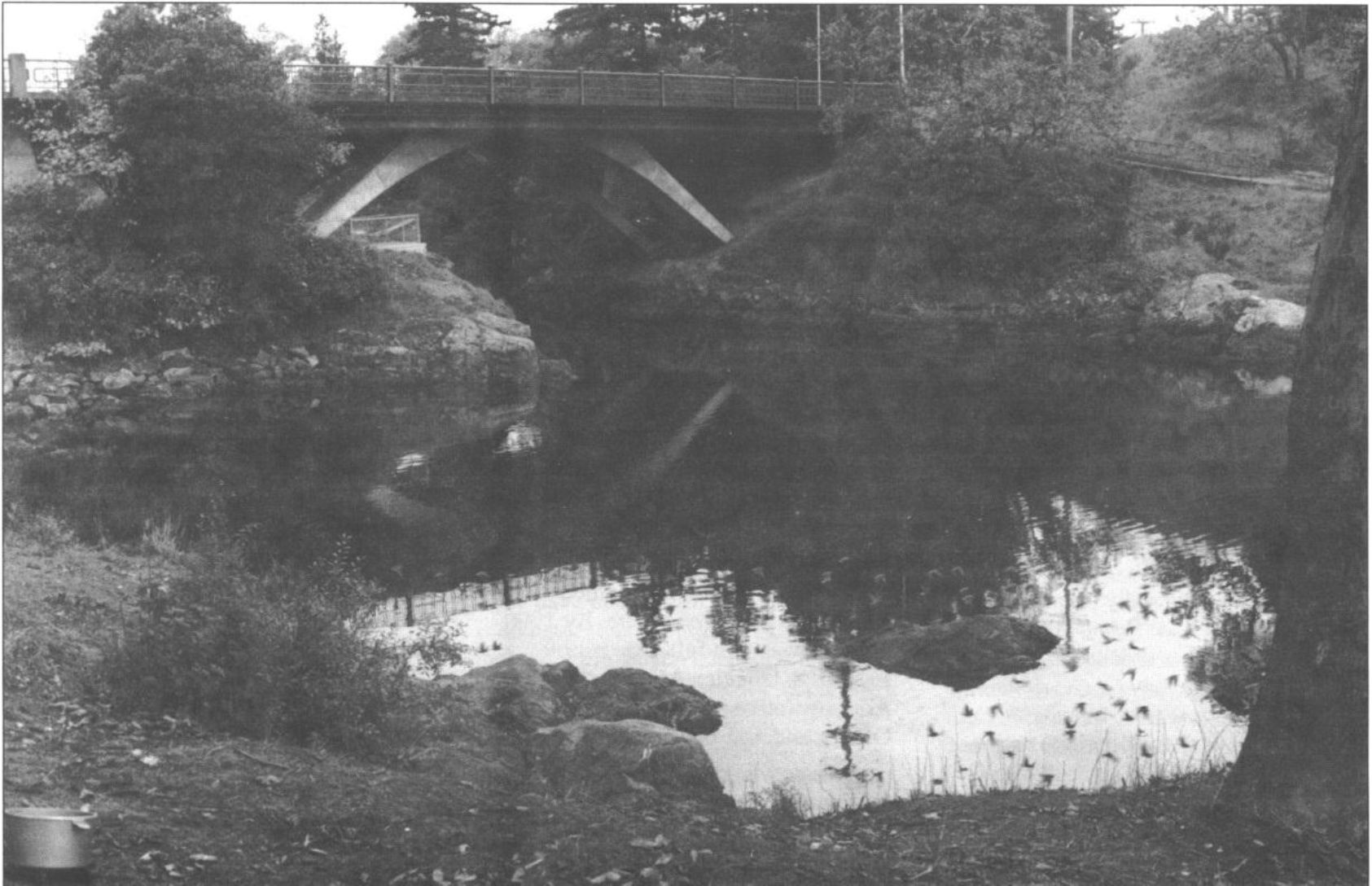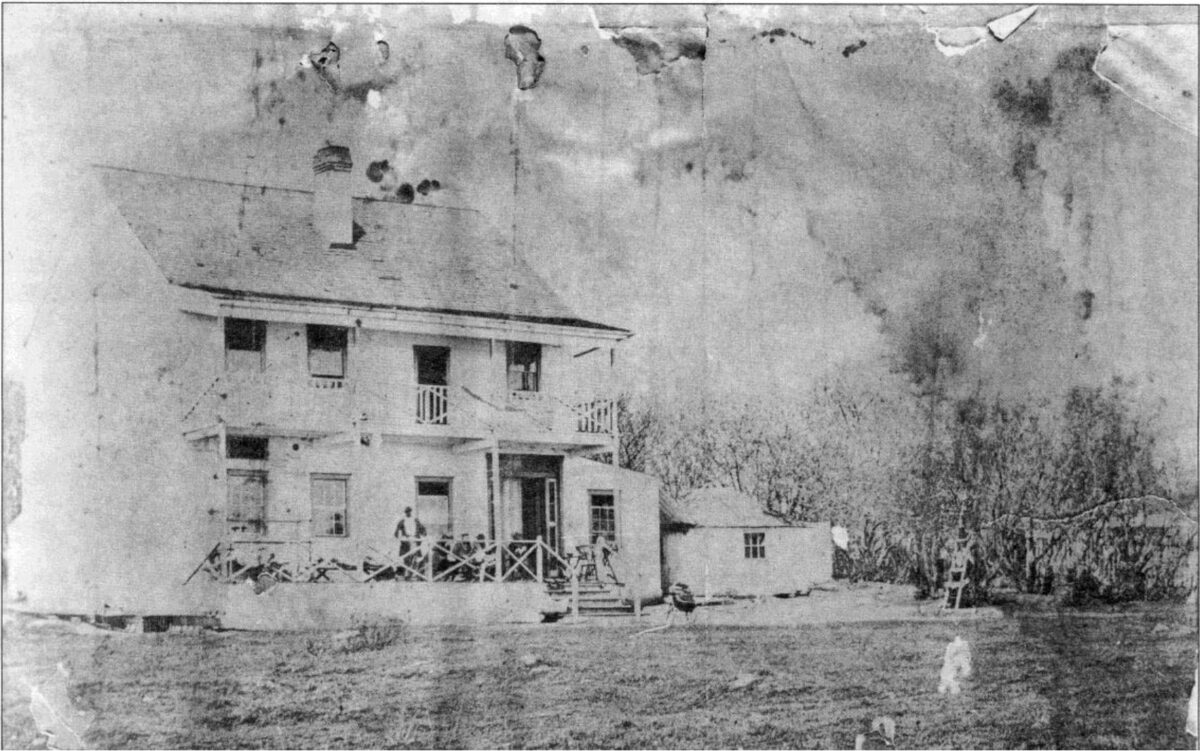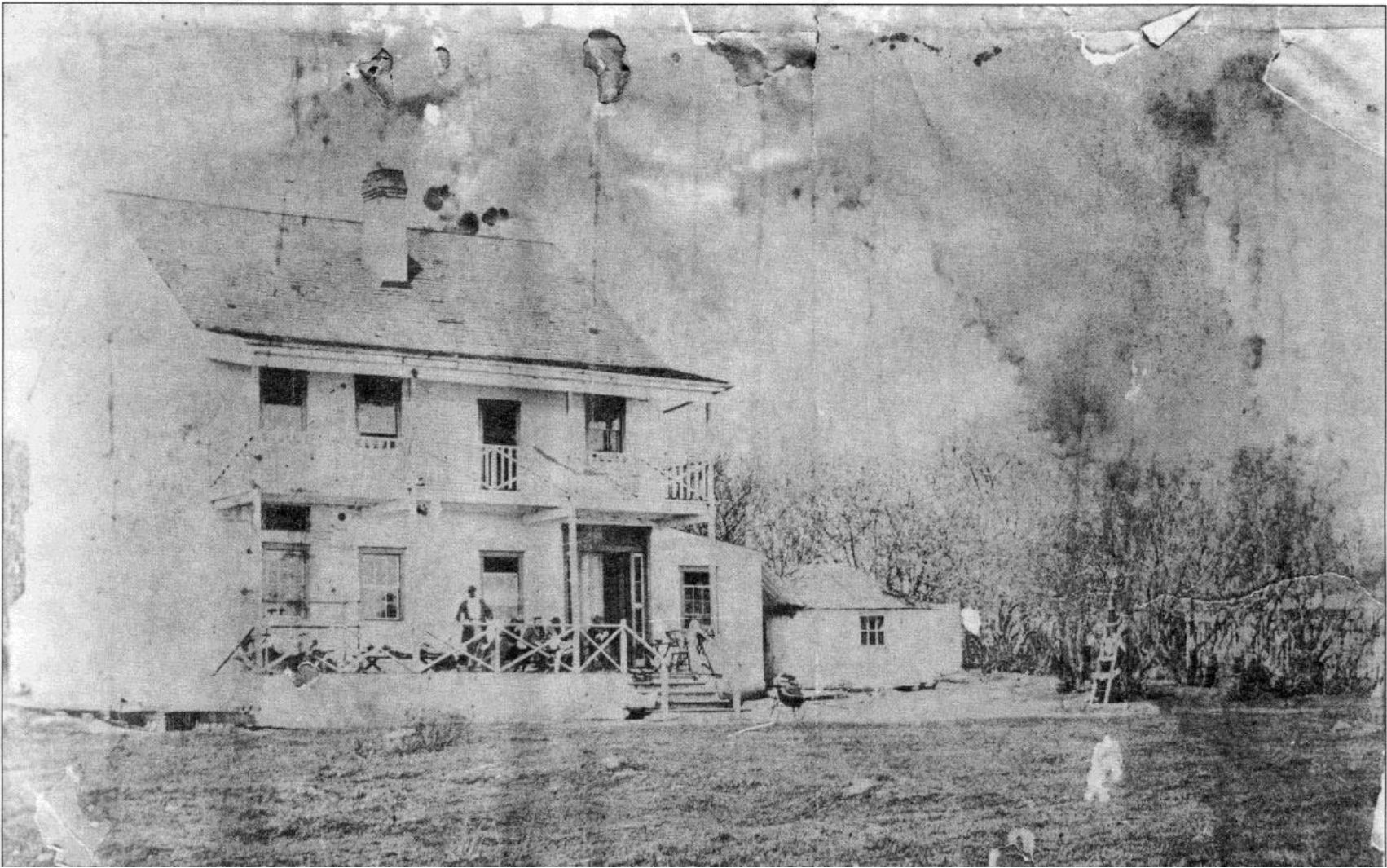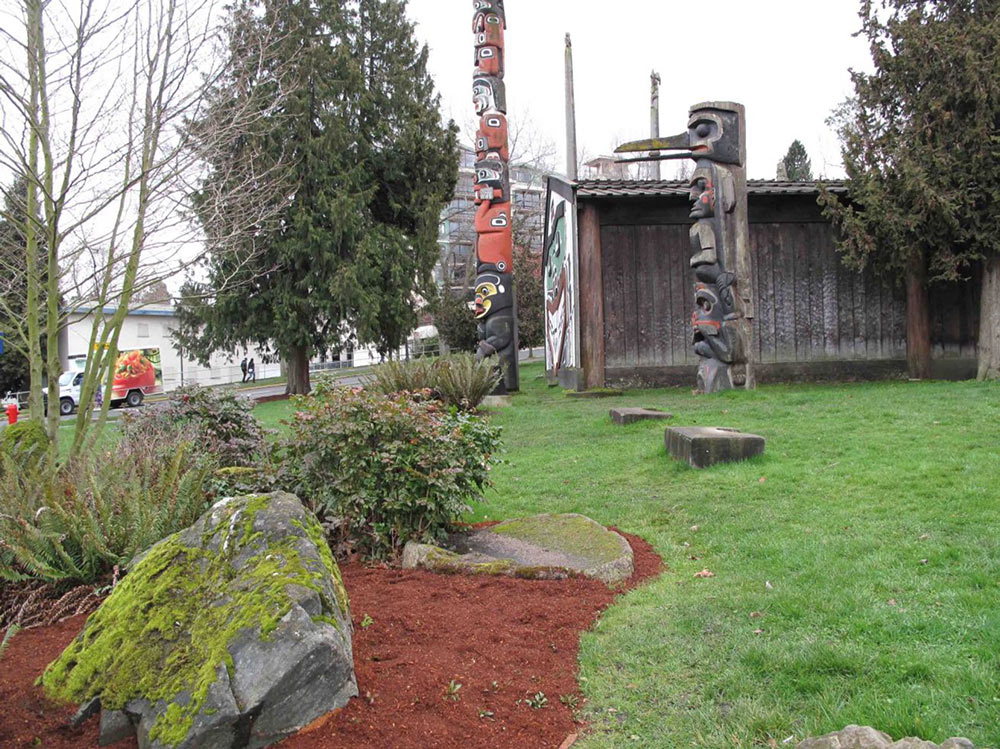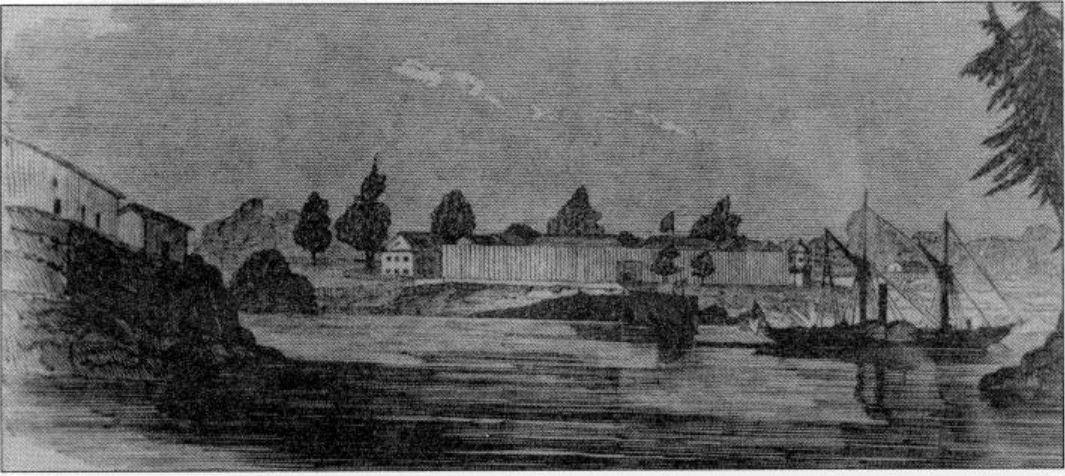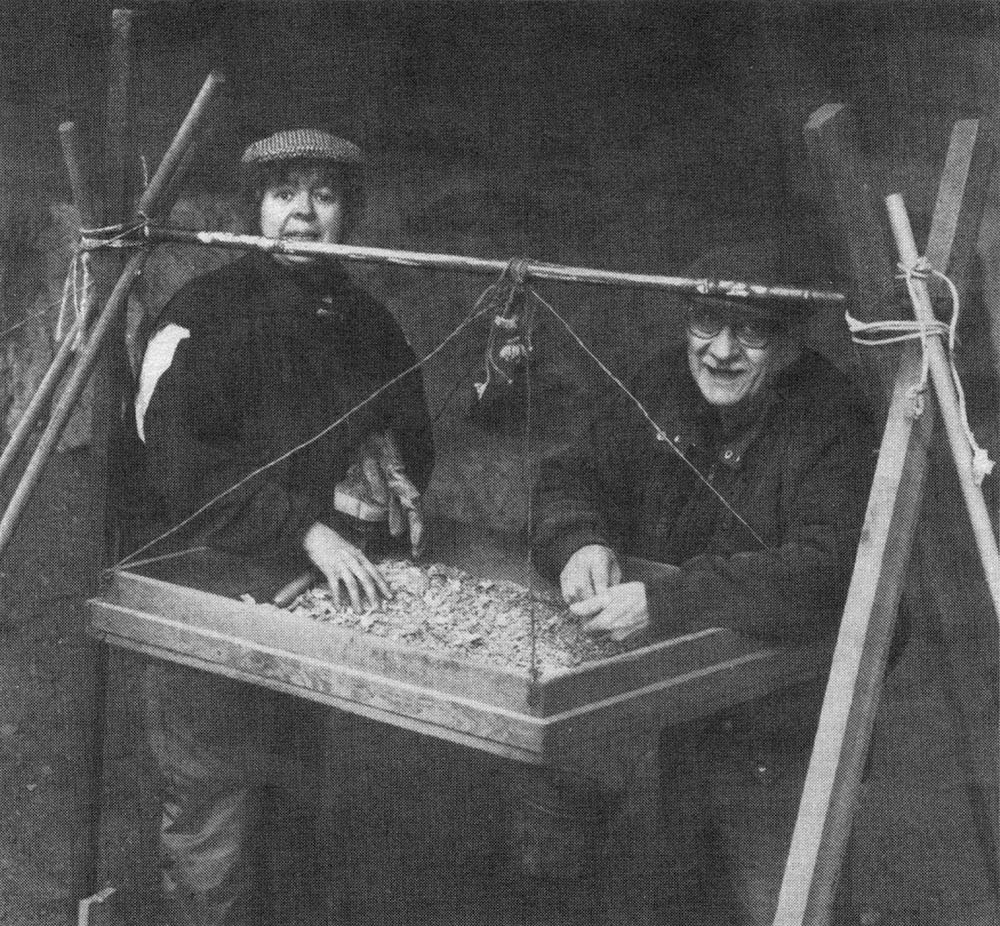
Originally Published in The Midden, 23(3), 6-7. June 1991. By Grant Keddie Introduction THE PICTURESQUE Gorge narrows near Victoria is a place where native Songhees dove deep into the water to gain special spirit powers. Here, at the beginning of time, Halys the transformer-being turned a young girl named Camossung into stone. Her name survives today as Camosun College and Camosun Street. Just above the reversible falls caused by the shifting tides, members of the Victoria chapter of the Archaeological Society of B.C. dig into the oldest recorded shell midden on southern Vancouver Island. Two years ago, a small area of the South Gorge Bridge shell midden /DcRu 5) was exposed during construction of a walkway underneath the Tillicum Road … Continue reading “Spirited Divers and Spirited Diggers”
